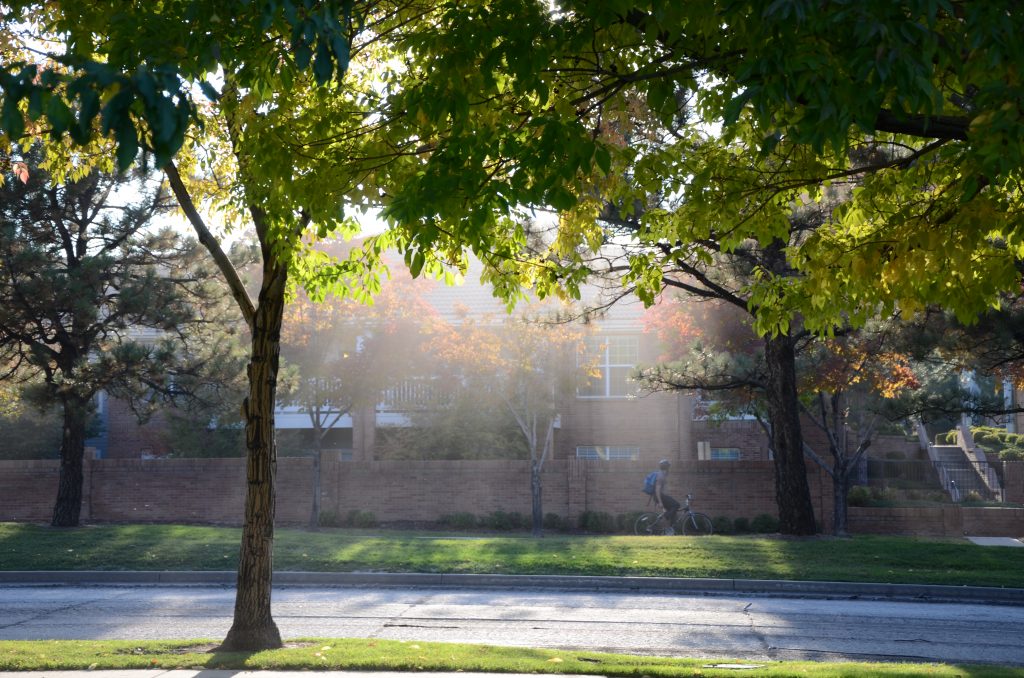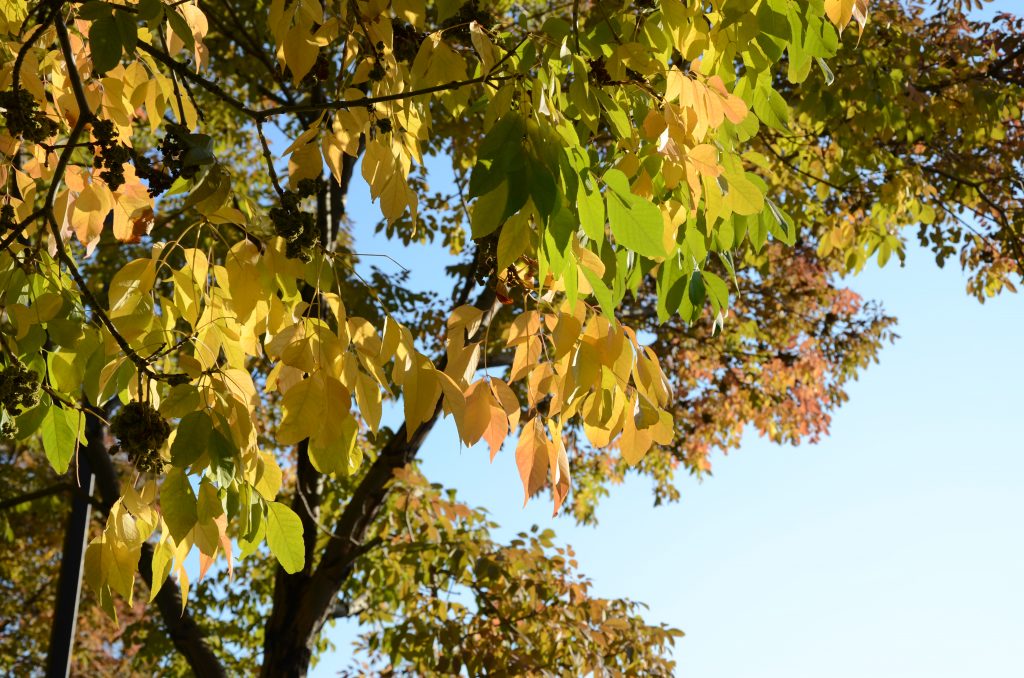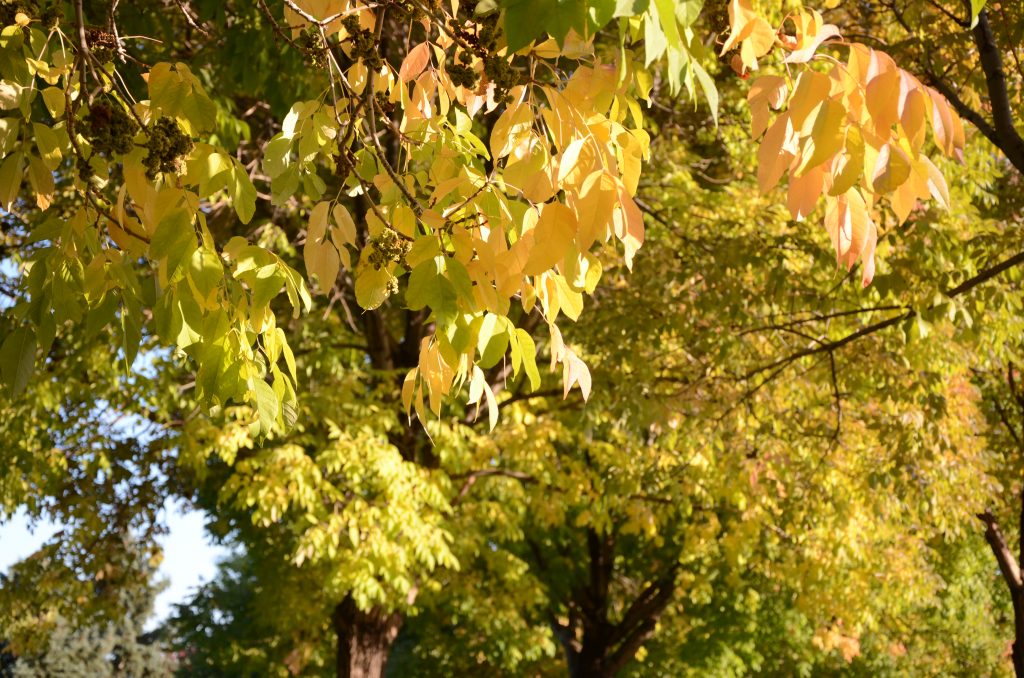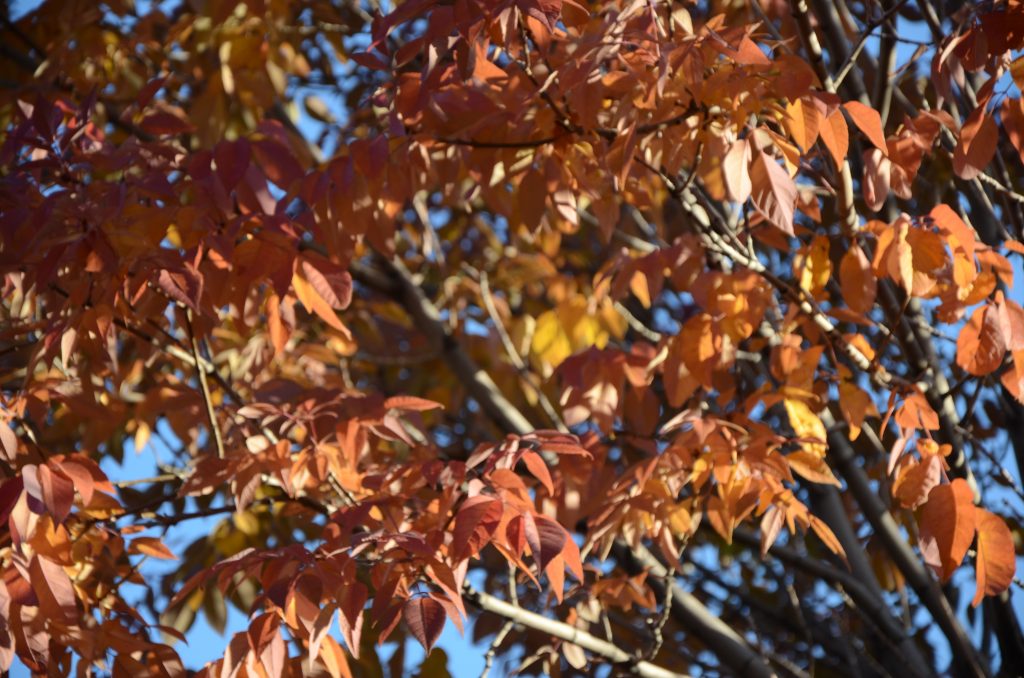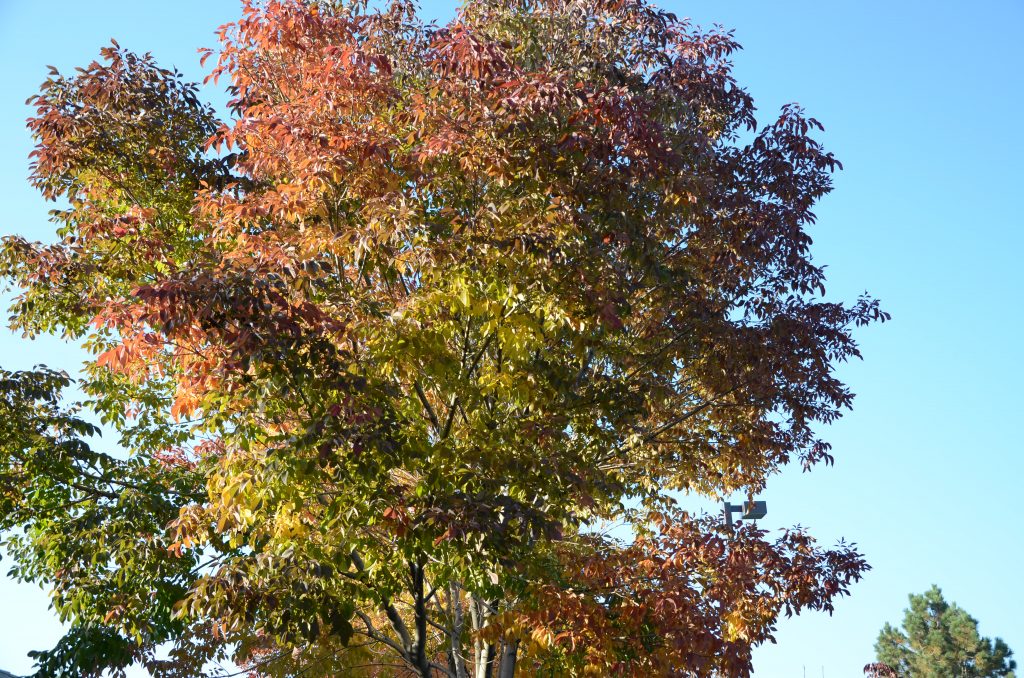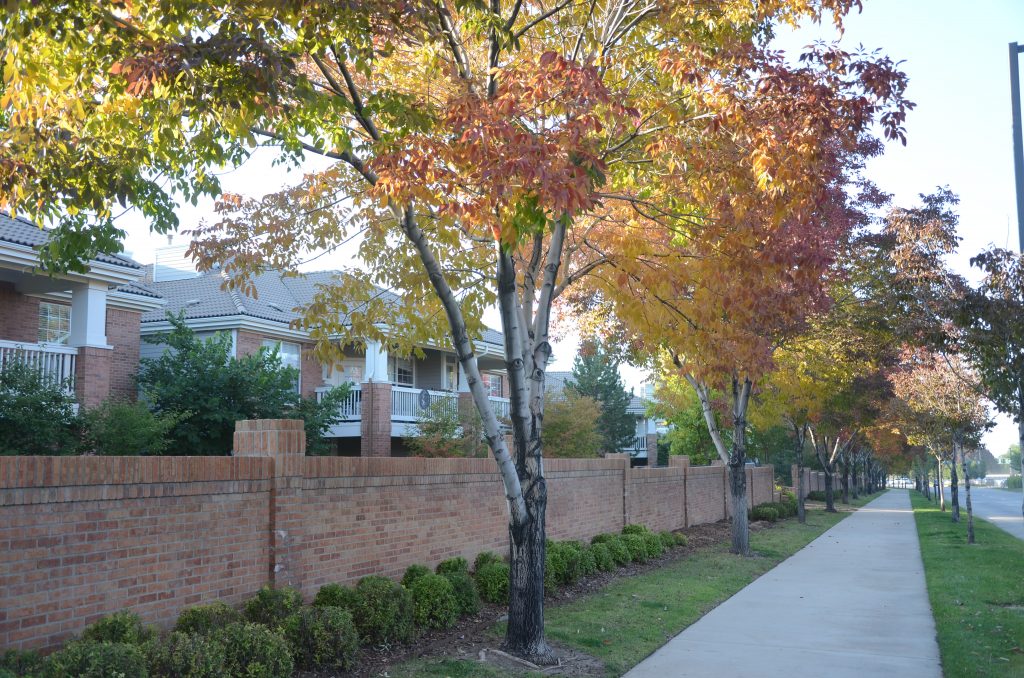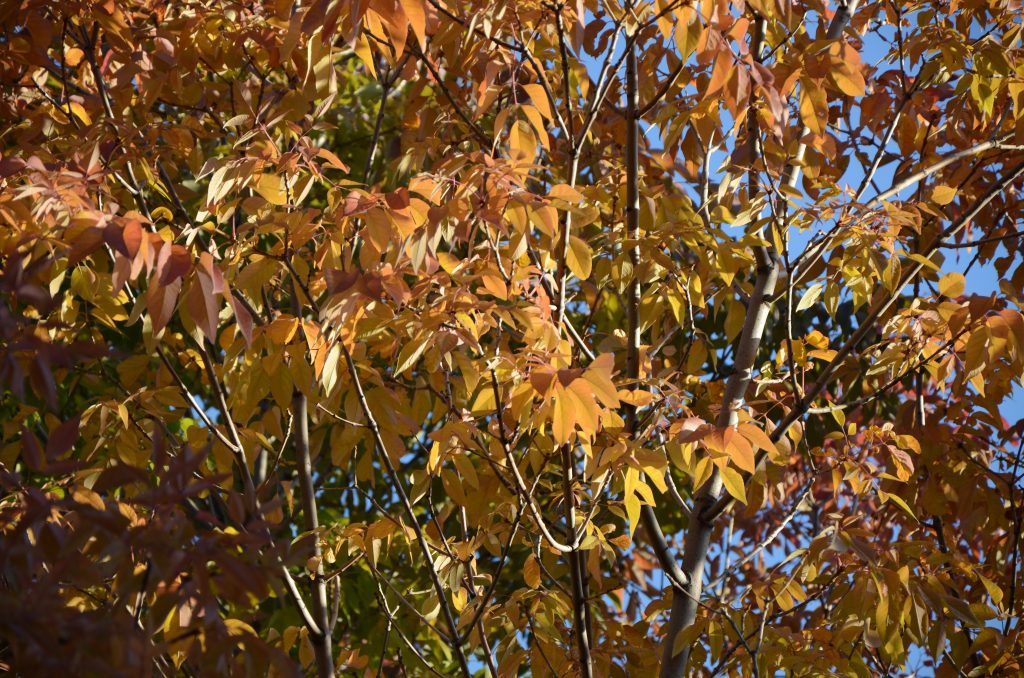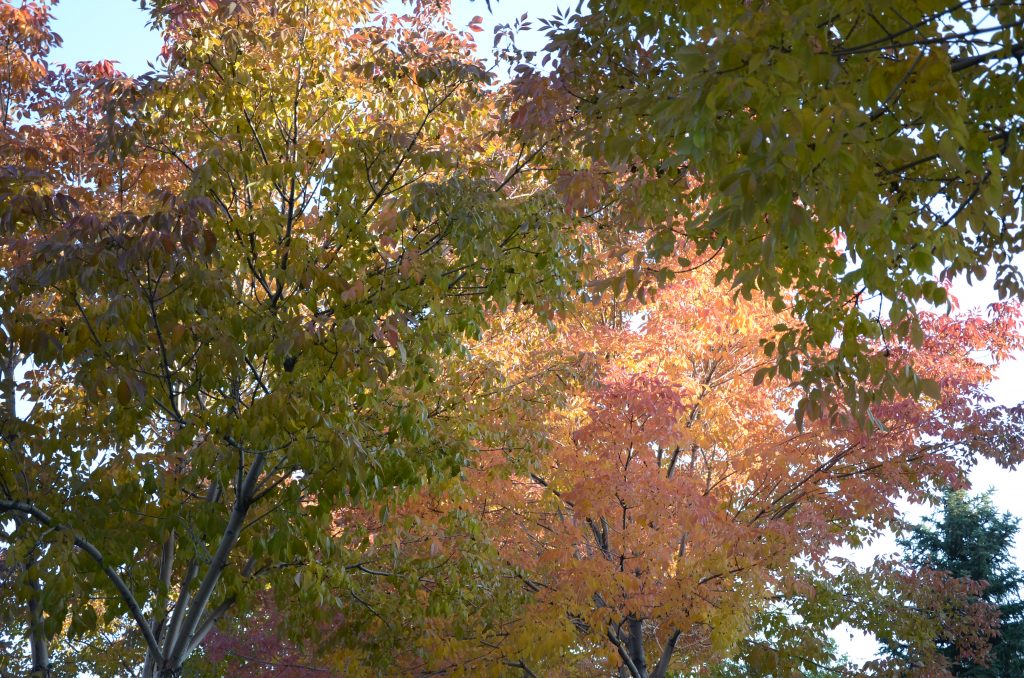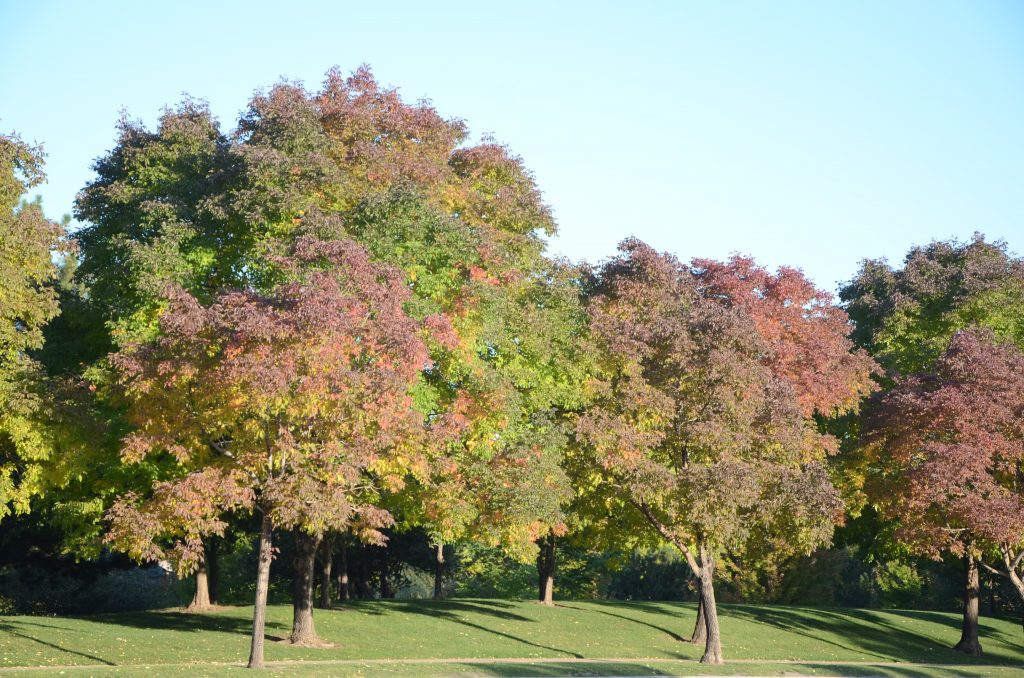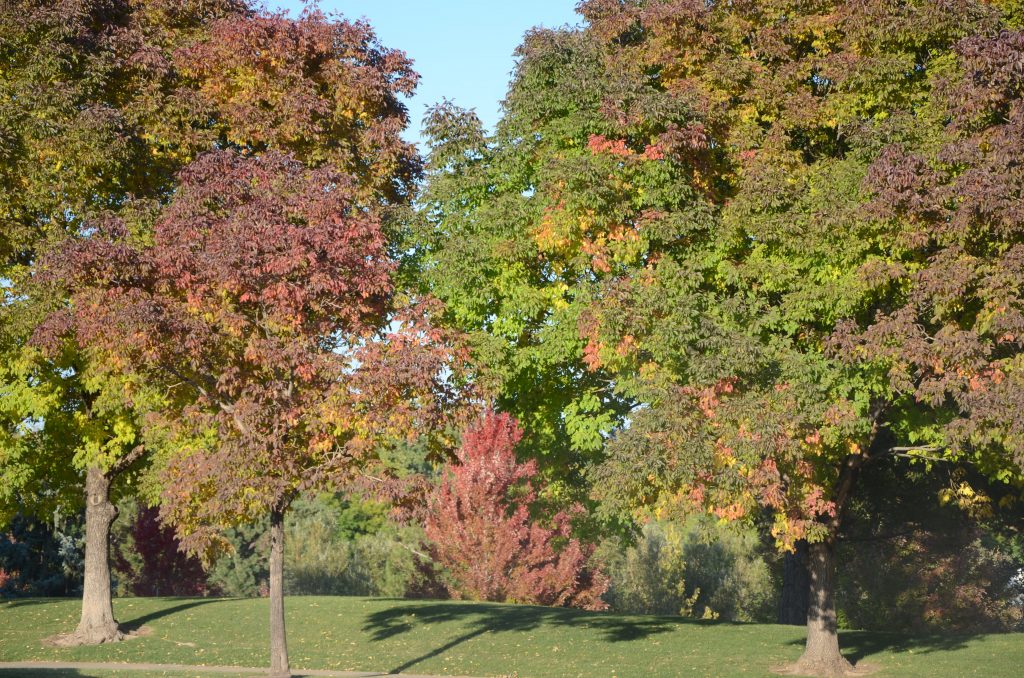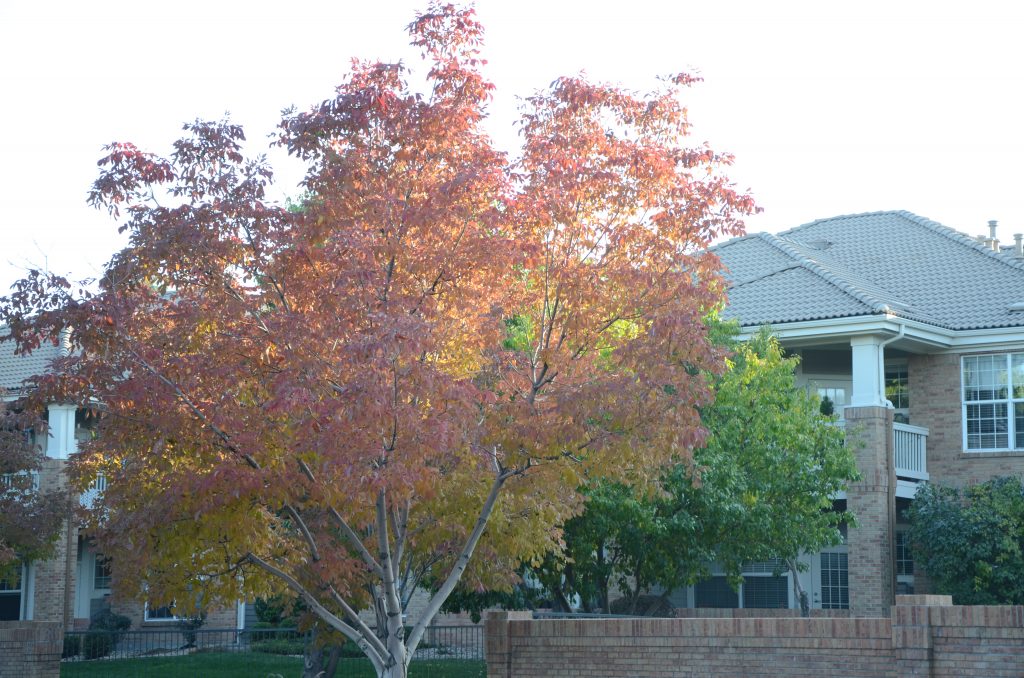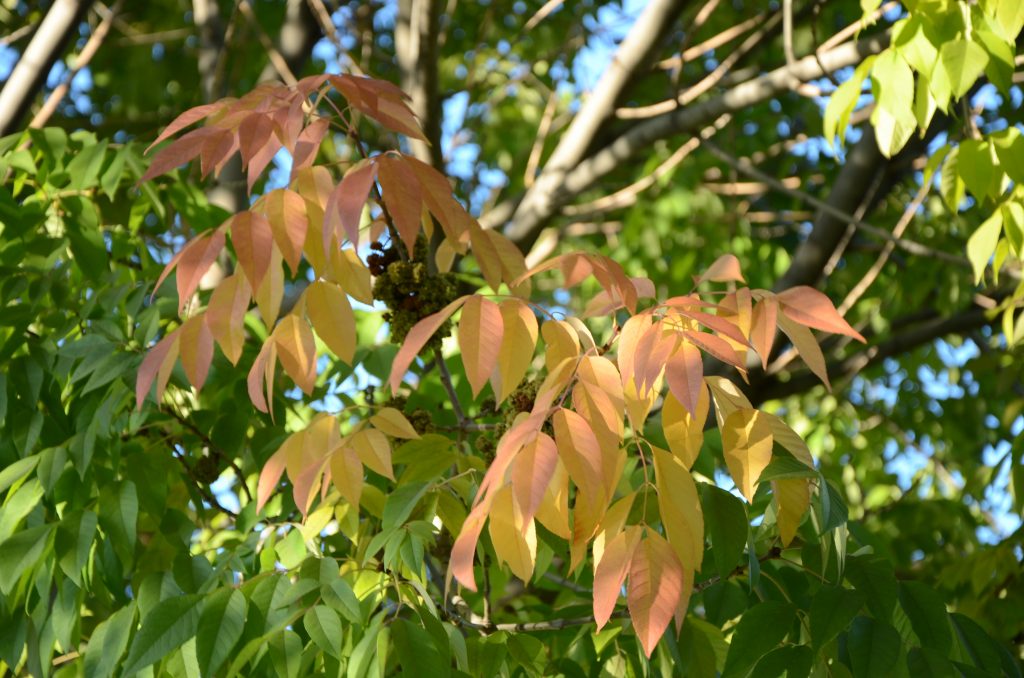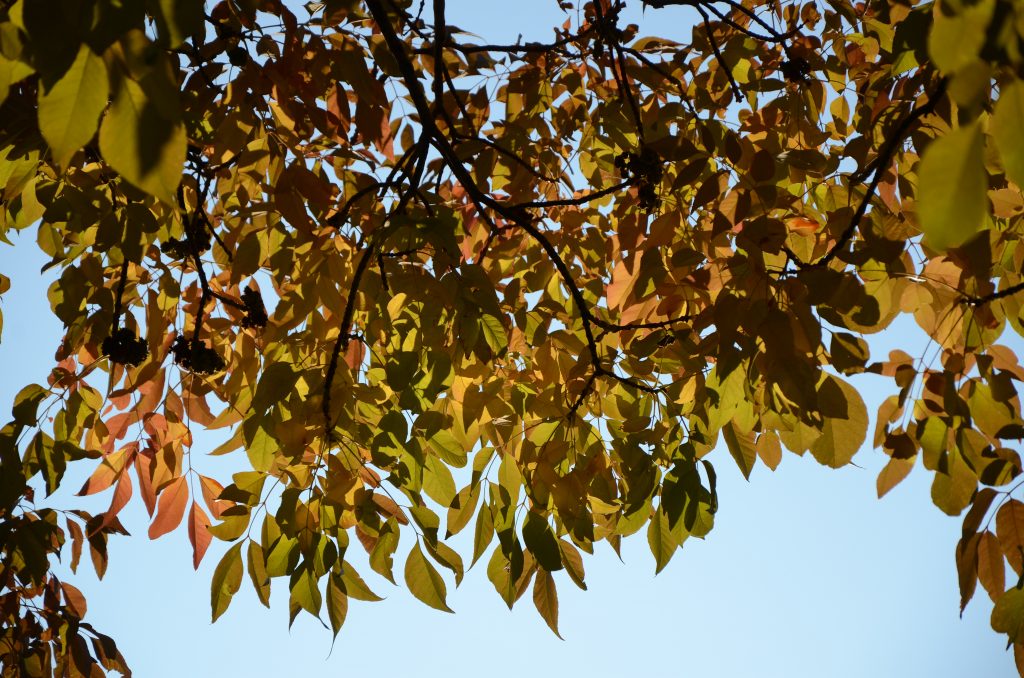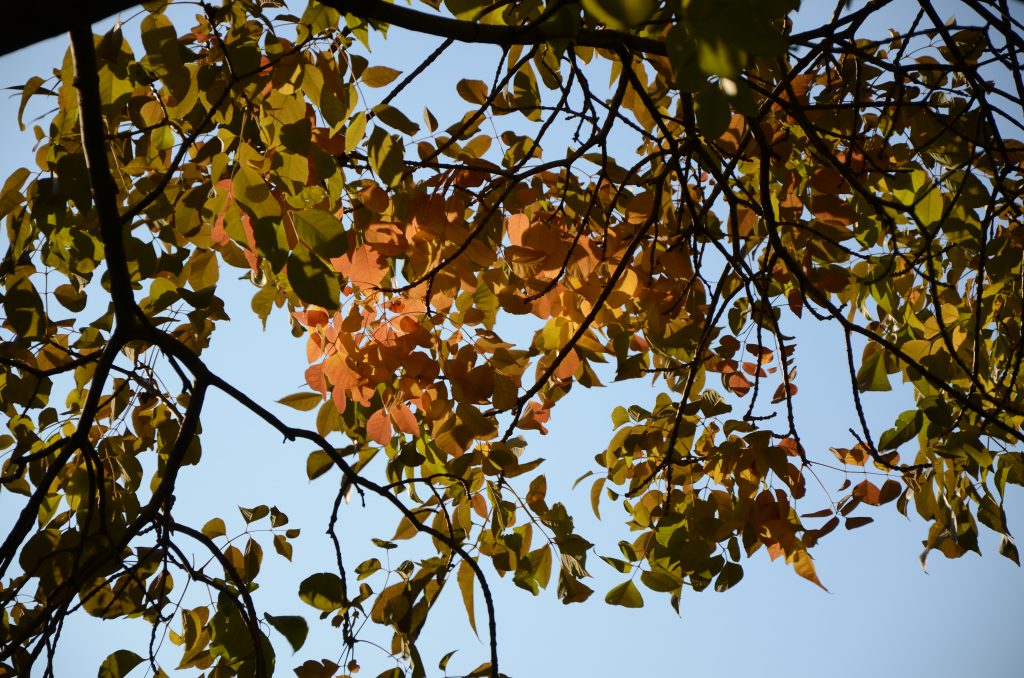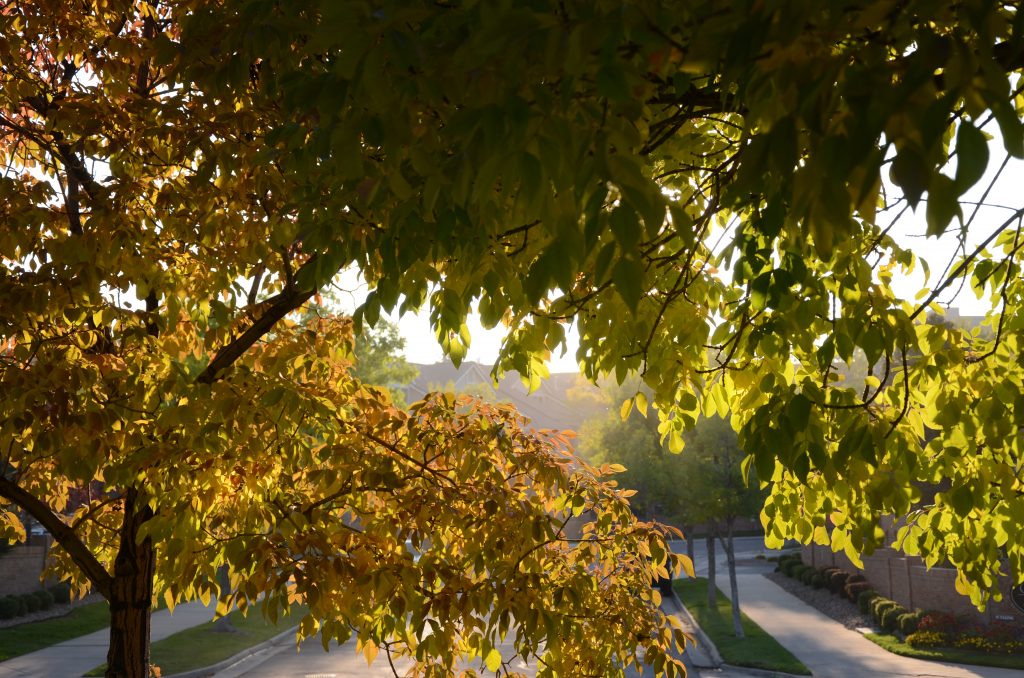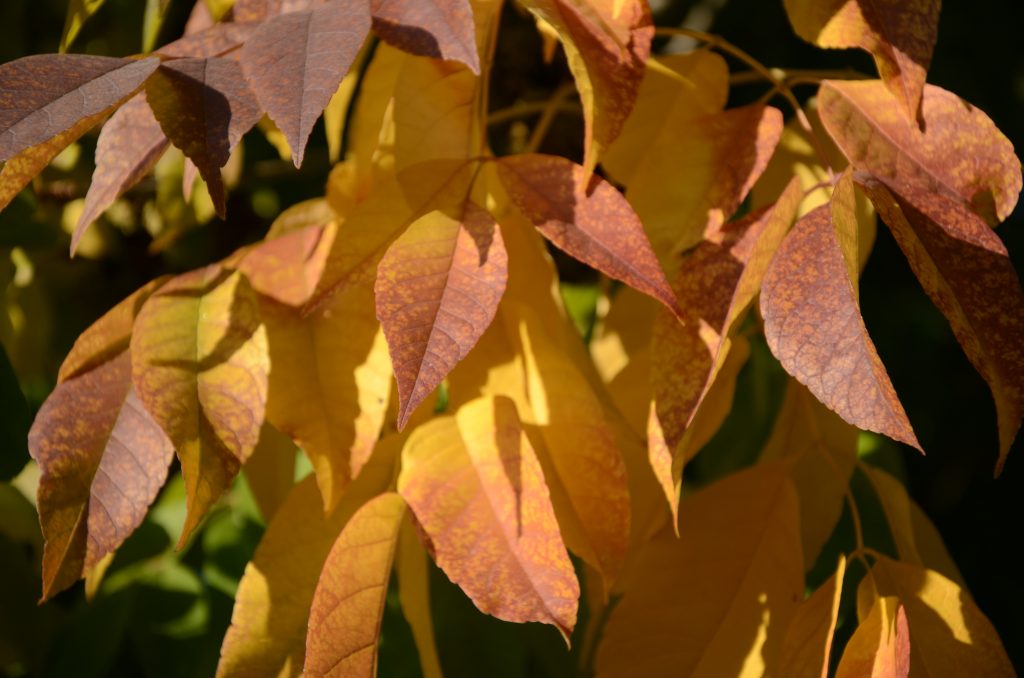In mid-June, the City of Denver confirmed the presence of the emerald ash borer (EAB)…

While enjoying Denver’s fall color, take time to appreciate our ashes
DENVER — As a natural prairie, Denver wasn’t blessed with a host of native trees. That, in the humble estimation of Denver City Forester Rob Davis, is what makes ash trees worth savoring every fall.
“Colorado in general doesn’t have a lot of big shade trees that end up with a nice red or purple fall color,” Davis said. “So for me, fall is the time that I realize just how many ash trees we have in Denver.”
And that’s important for Davis, because he knows what’s coming: the emerald ash borer (EAB). The tiny green invader feasts on ash trees, and it’s now the most destructive forest pest in U.S. history, having caused billions of dollars in damage to ash tree populations in more than 25 states.
EAB was discovered in Boulder in 2013 and in Lafayette earlier this year, meaning it’s just a matter of time before it arrives in Denver and poses an immediate threat to the 1.45 million ash trees in Denver. That’s right, folks: 1 in 6 Denver trees is an ash. And the first step when it comes developing our EAB defense plan as a city is learning how to identify ash trees.
As far as fall color goes, green ashes turn a vibrant yellow. That’s great and all, however it somewhat pales in comparison to the white ash, which can change a whole host of colors from deep purple to a lighter red.
“It’s one of the few trees in Colorado that can accomplish that sort of full range of color,” Davis said. “And this is the one time of year you can use that as a characteristic to identify ash trees.”
If you’re unsure of whether you’re viewing an ash, some other telltale identifiers are as follows:
- Compound leaves: A simple leaf is defined as a single leaf that has a bud at the base of the leaf stem. Conversely, a compound leaf (the sort you’re looking for) is defined as having more than one leaflet per leaf connecting to a stem that has a bud at its base. Ash tree leaves typically have 5-9 leaflets per leaf.
- Opposite branching: By opposite branching, we mean the branches protruding from tree limbs have a mate protruding from the exact opposite side of the same limb. Only ash, maple, dogwood and horse chestnut trees have opposite branching.
- Diamond-pattern bark: While this identification method may not be as helpful when it comes to young ash trees (they typically have smoother bark), the bark on more advanced ash trees tends to have distinct diamond patterns.
If you indeed have found an ash and it’s on public property, you can check on the city’s right-of-way treatment plan to see if it’s scheduled to be treated or replaced. If you’ve found an ash on your property, you have two options: treatment or replacement.
For many smaller ash trees, the best option tends to be replacement. If you have a large ash tree that holds a lot of value to you, there are several treatment options available. In fact, we wrote a whole blog post about those options. But always remember that the best option to consider is starting with a certified tree professional. We have a list of those here.
And if we’ve now gotten you on the hunt for ash trees to enjoy this fall, you can find three hotspots to see ash trees here.
